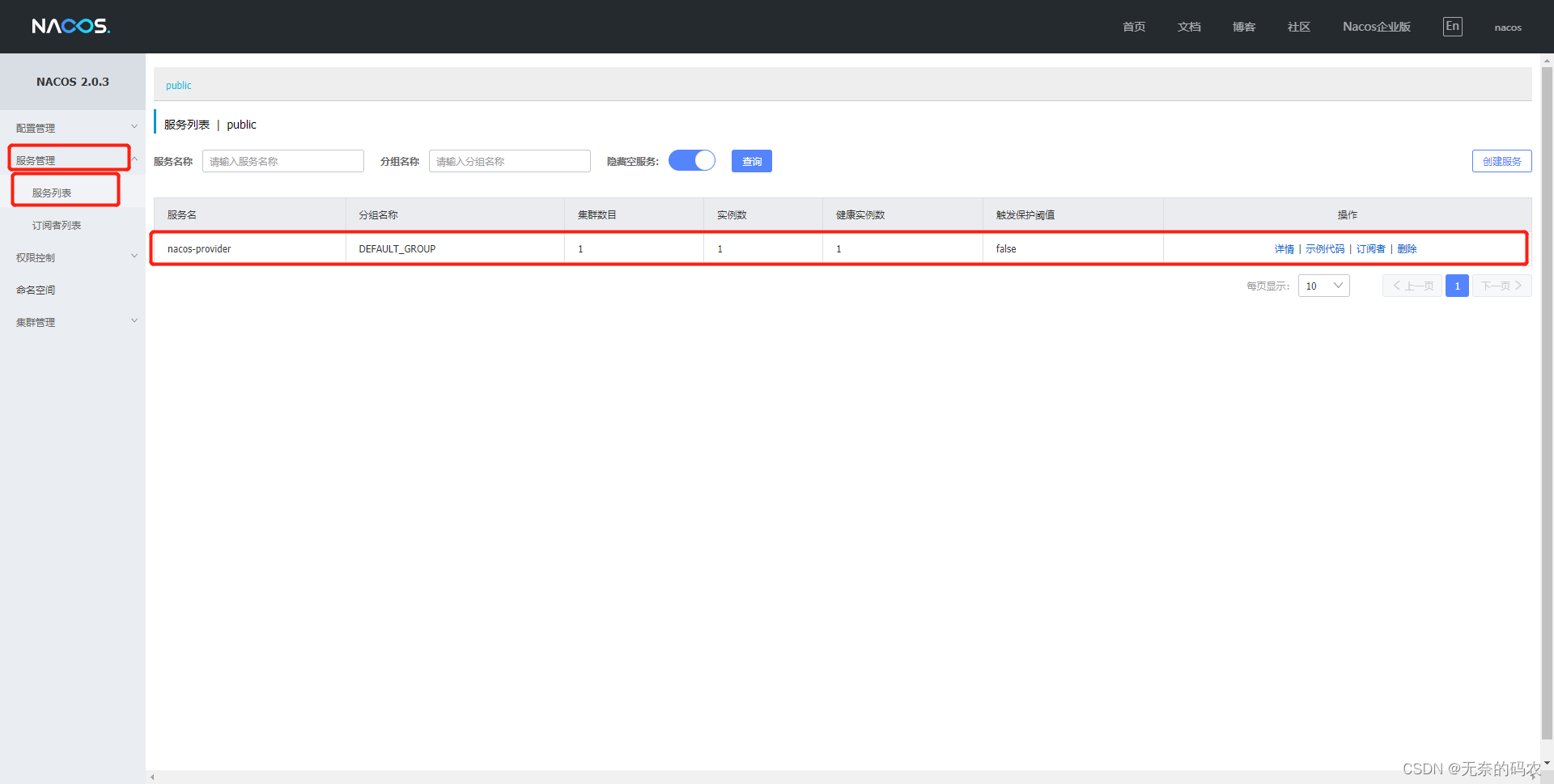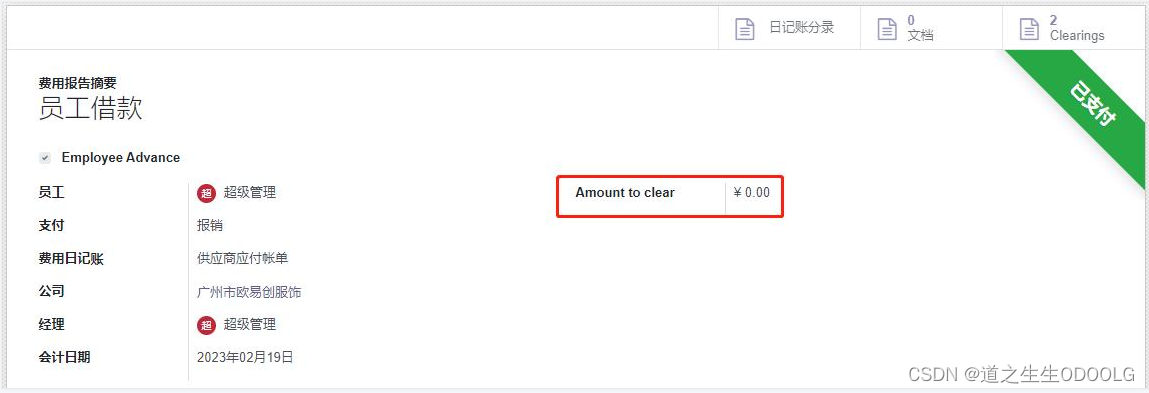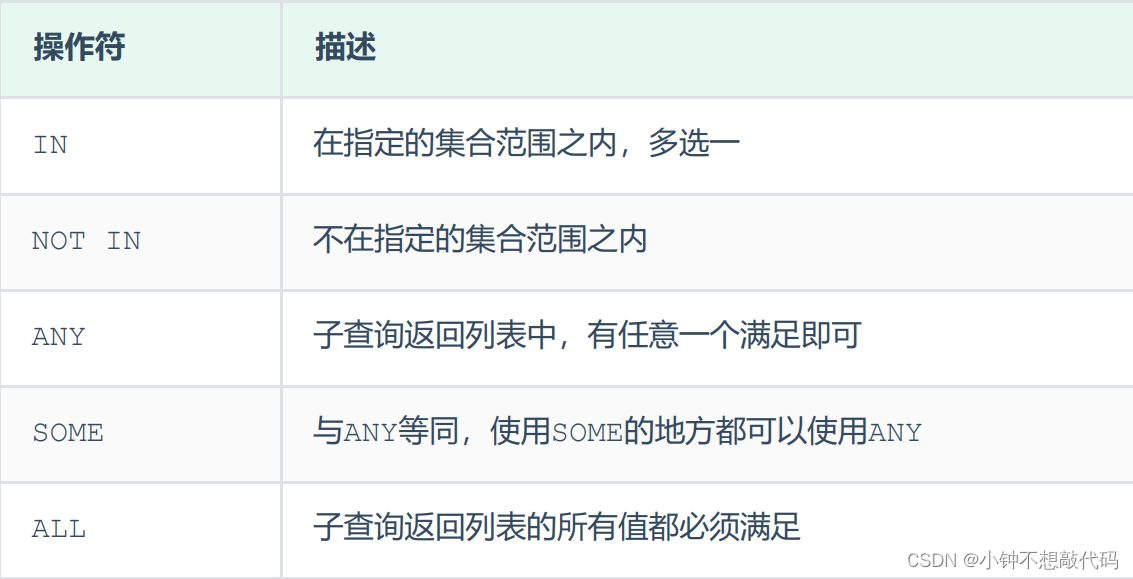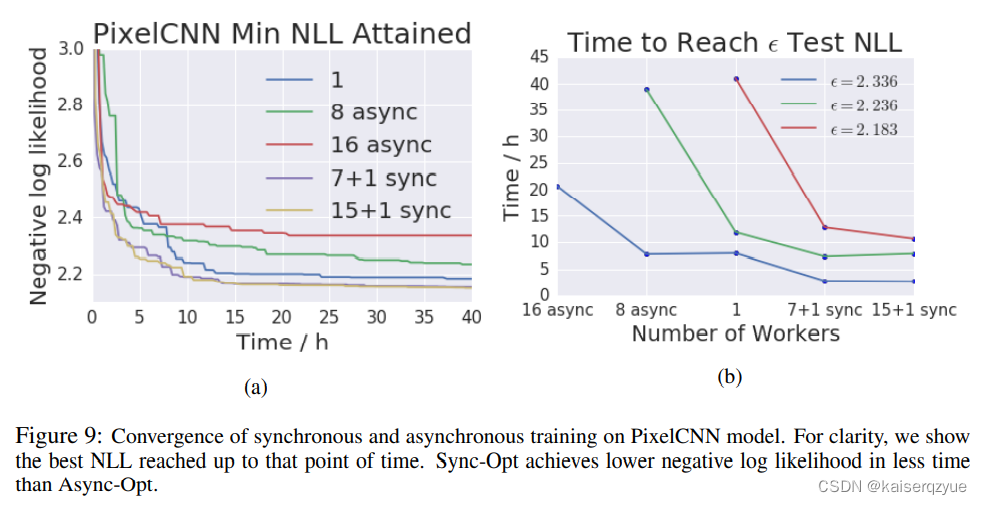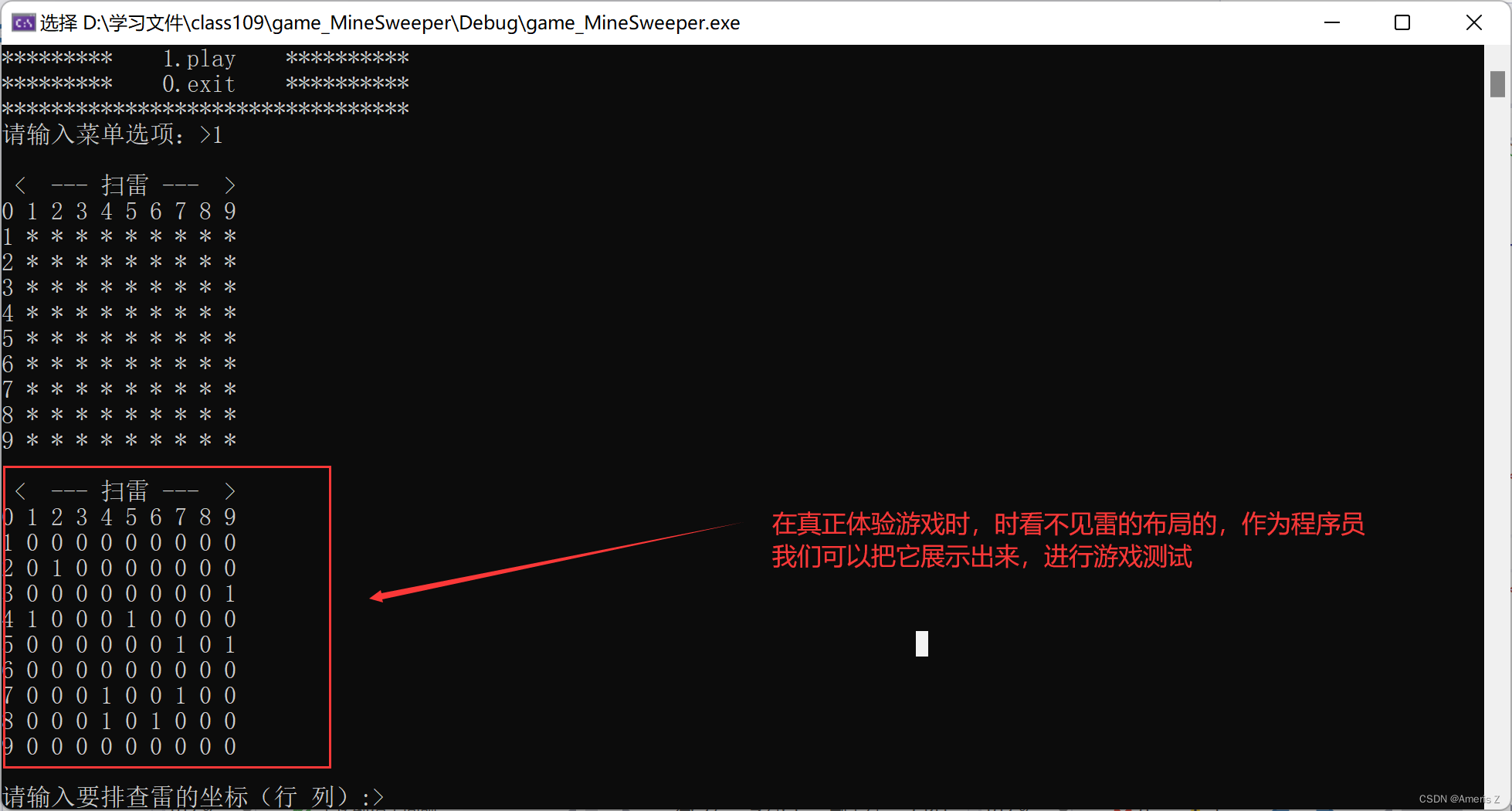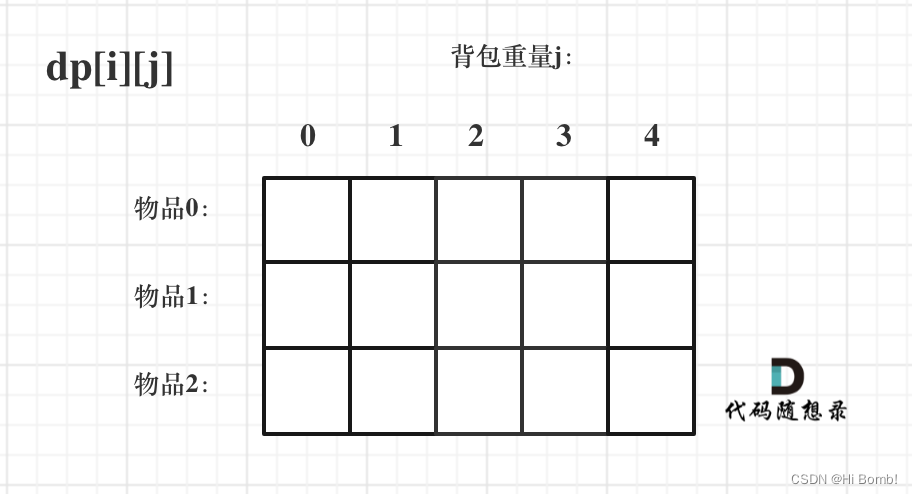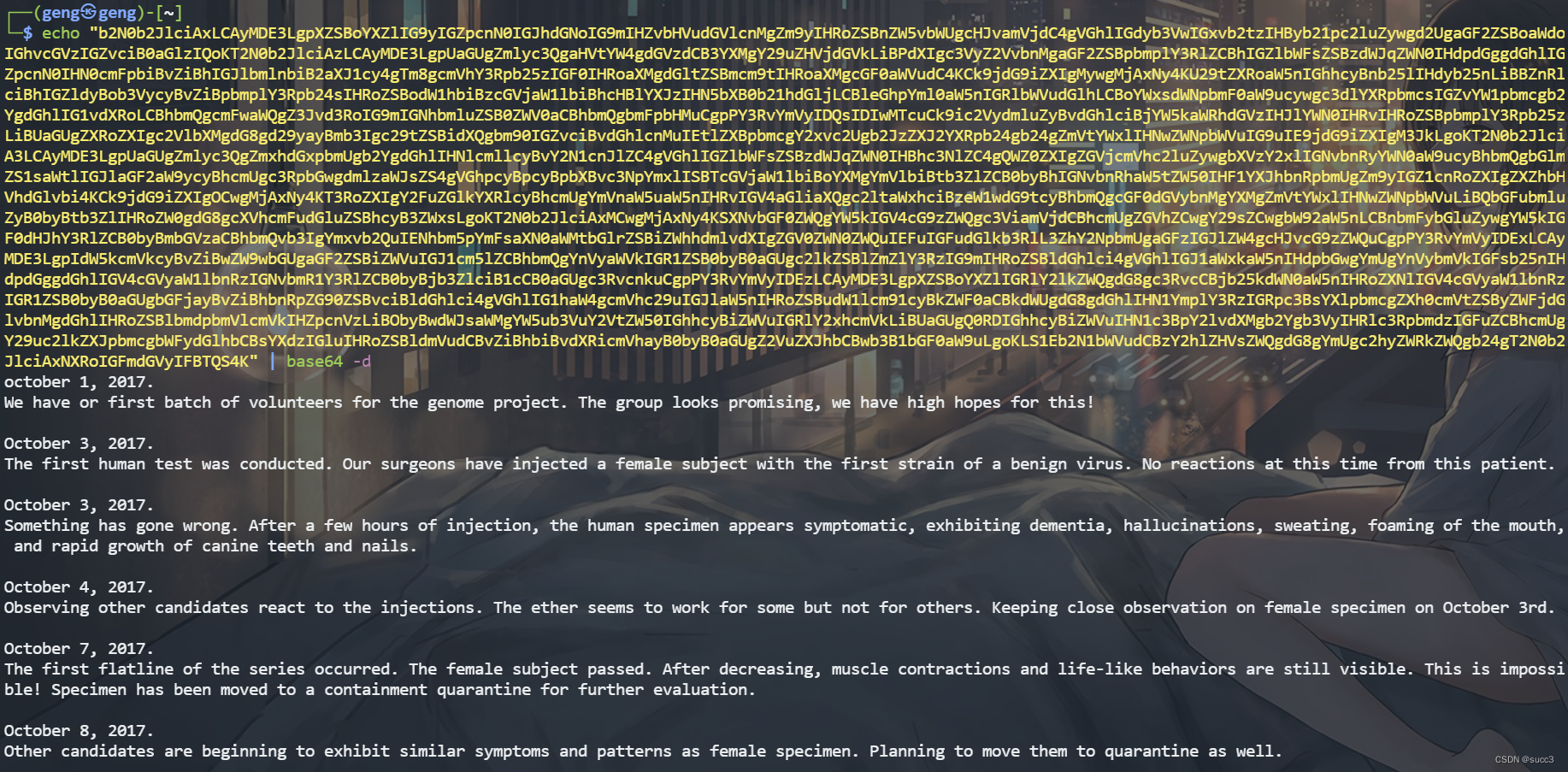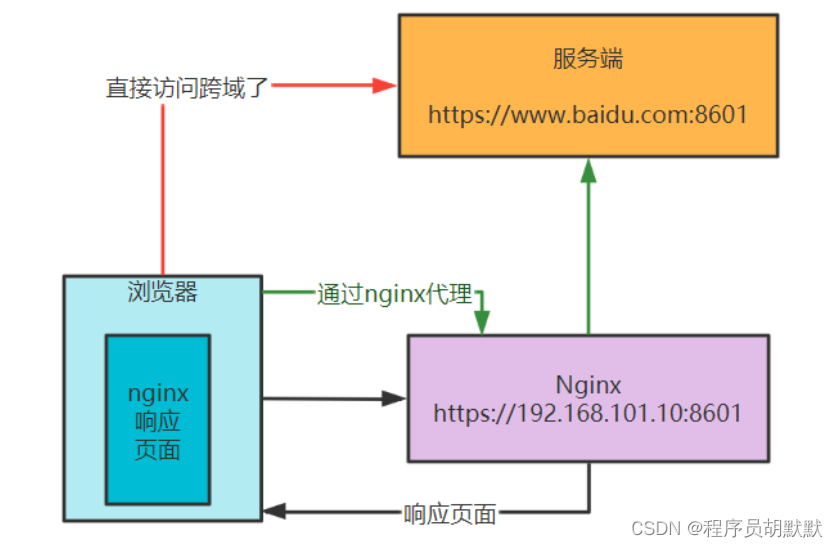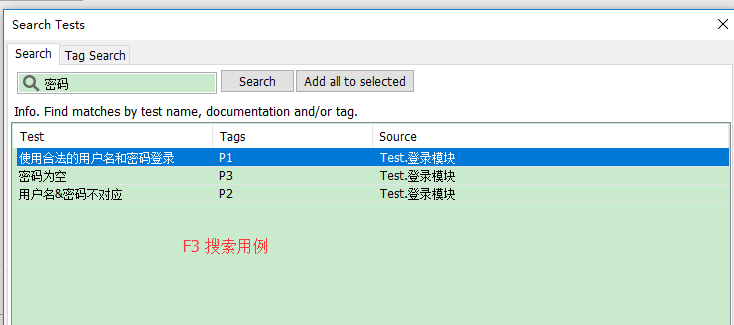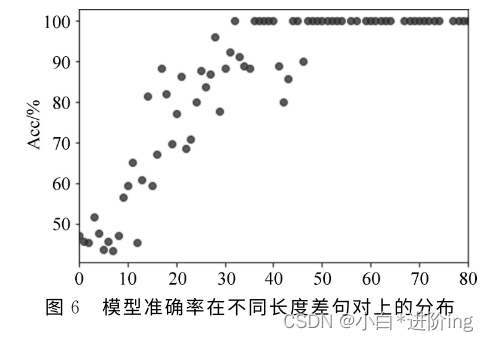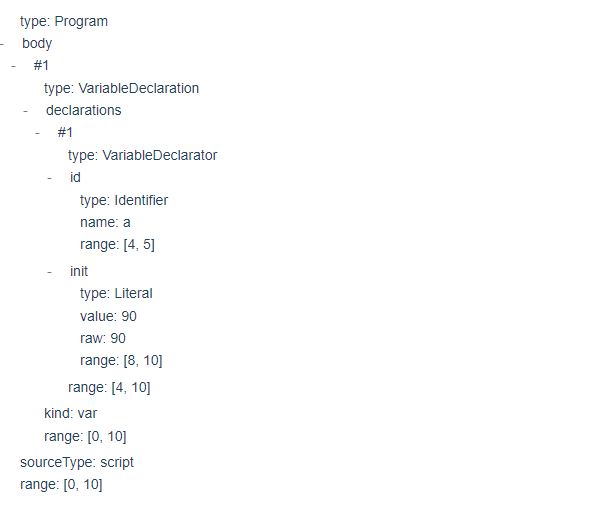代码
#include <iostream>
using namespace std;
class Father {
public:
virtual void func1() { cout << "Father::func1" << endl; }
virtual void func2() { cout << "Father::func2" << endl; }
virtual void func3() { cout << "Father::func3" << endl; }
void func4() { cout << "Father::func4" << endl;}
public:
int x = 1;
int y = 2;
static int z;
};
class Son :public Father {
public:
//重写了func1 ,增加了func5
virtual void func1() { cout << "Son::func1" << endl; }
virtual void func5() { cout << "Son::func5" << endl; }
};
typedef void(*func_t) (void); //函数指针 返回类型void ,参数void
int Father::z = 1;
int main(void) {
Father father;
Son son;
// 含有虚函数的对象的内存中,最先存储的就是“虚函数表”
//cout << "对象地址:" << (long long *)& father << endl;
//对象的地址就是虚函数表的地址
//&father 是一个 Father* 类型的地址(指向对象的首地址) ,\
转为int* 类型.
//long long* vptr = (long long*)*(long long*)&father;
//&father (int*)&father int类型的father指针, \
// *(int*)&father;int类型的整数
//(int*)*(int*)&father //把int型转成 int*型\
(目的是让编译器通过,值并没有改变)
cout << "Son对象地址:" << (long long*)&son << endl;
long long* vptr = (long long*)*(long long*)&son;
cout << "虚函数表指针vptr:" << vptr << endl;
for (int i = 0; i < 4; i++) {
cout << "调用第" << i+1 <<"个虚函数: ";
((func_t) * (vptr + i))();
}
for (int i = 0; i < 2; i++) {
cout << *(int*)((long long) & son + 8 + i * 4) << endl;
}
cout << "sizeof(son) == " << sizeof(son) << endl;
//16 两个非静态成员变量 占8 ,64位下虚函数表指针恒为8,\
指向虚函数表
system("pause");
return 0;
}
Son对象地址:000000E67EF4FC28
虚函数表指针vptr:00007FF68E25BDB0
调用第1个虚函数: Son::func1
调用第2个虚函数: Father::func2
调用第3个虚函数: Father::func3
调用第4个虚函数: Son::func5
1
2
sizeof(son) == 16
请按任意键继续. . .
分析
father指针指向了 son对象 ,son的虚表指针指向了 son::func1

子类的虚函数表:
| 直接复制父类的虚函数表 | 重写父类某虚函数 | 子类增加新的虚函数 |
|---|---|---|
| 不变 | 替换 | 尾部添加 |
| Father::func1 | Son::func1 | Son::func1 |
| Father::func2 | Father::func2 | Father::func2 |
| Father::func3 | Father::func3 | Father::func3 |
| Son::func5 |
命令行观察虚函数表


通过VS断点调试观察虚函数表

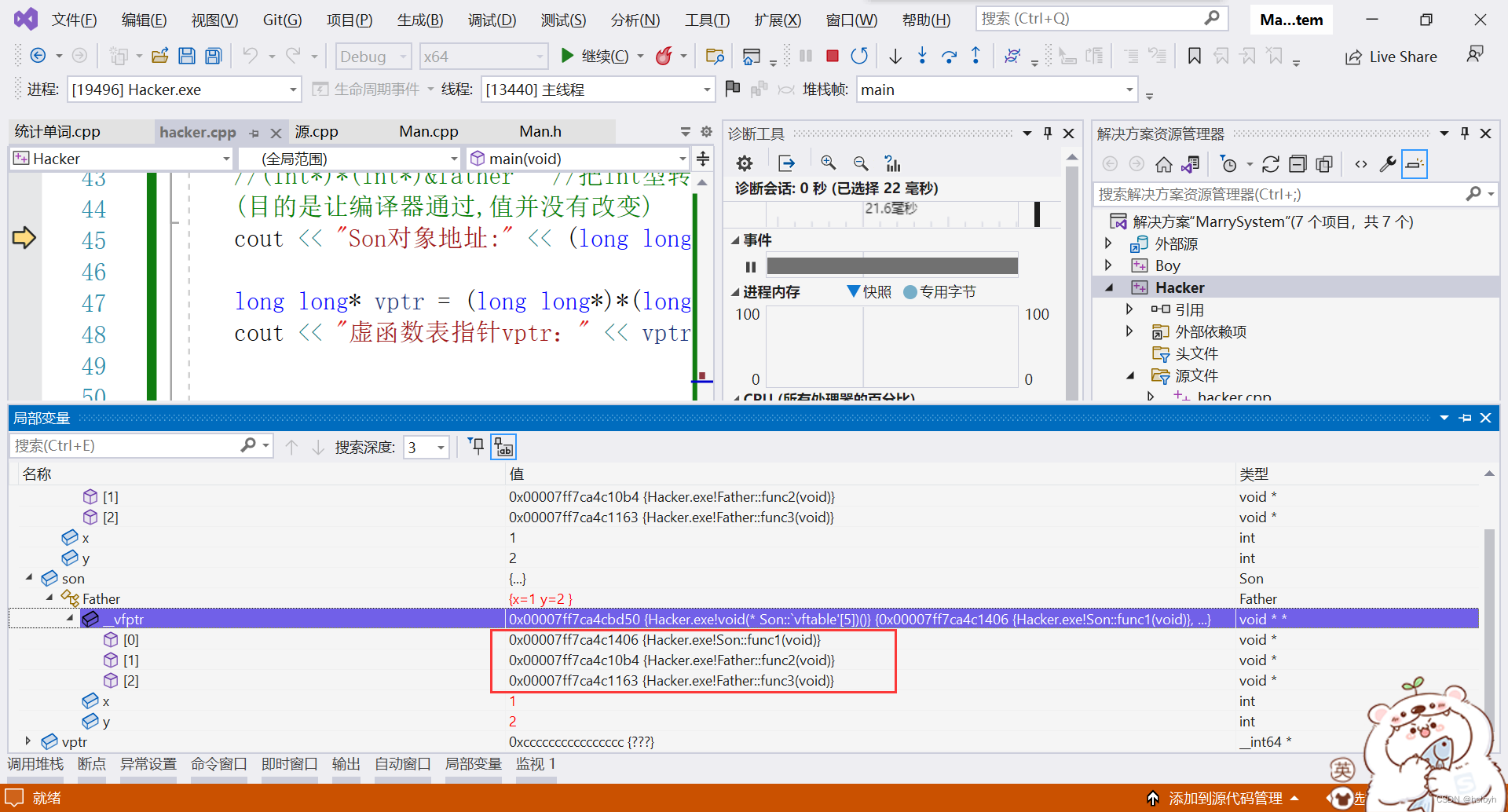
通过调试,自己添加的虚函数看不到.
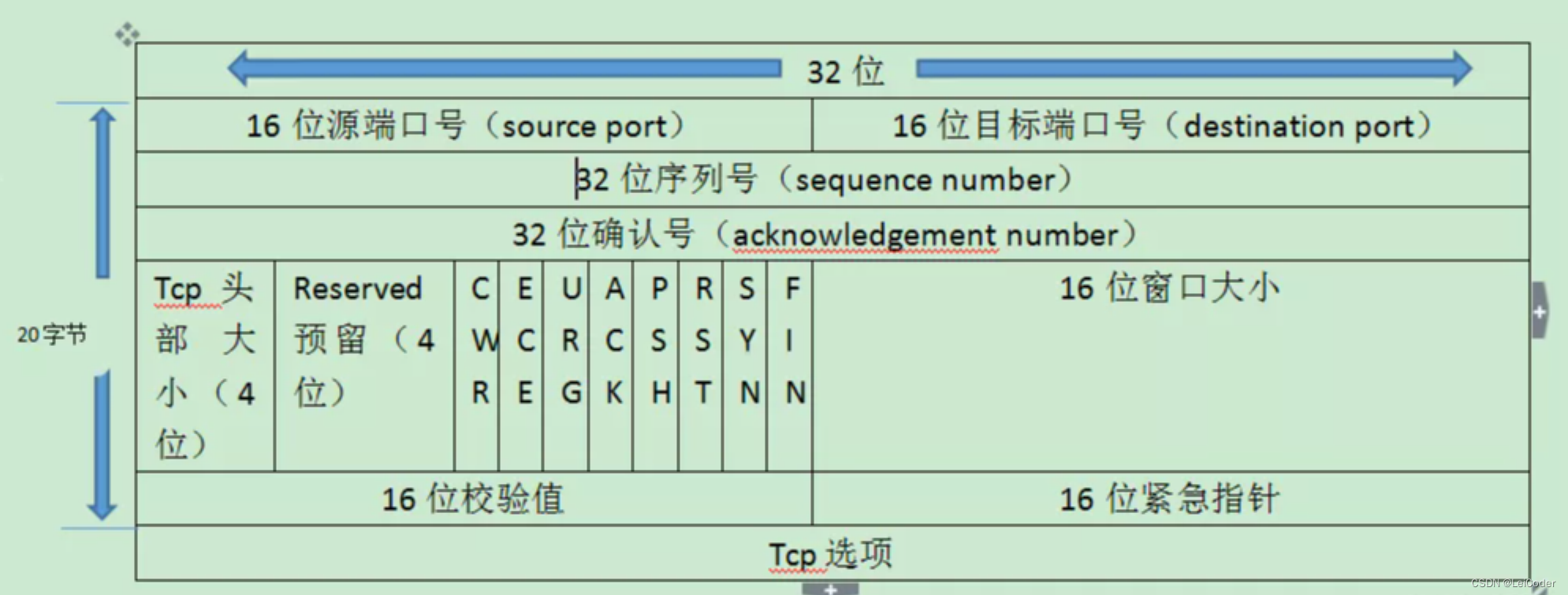

![[软件工程导论(第六版)]第6章 详细设计(复习笔记)](https://img-blog.csdnimg.cn/c31446d26dc446ea8956b7c8b910f6d1.png)
